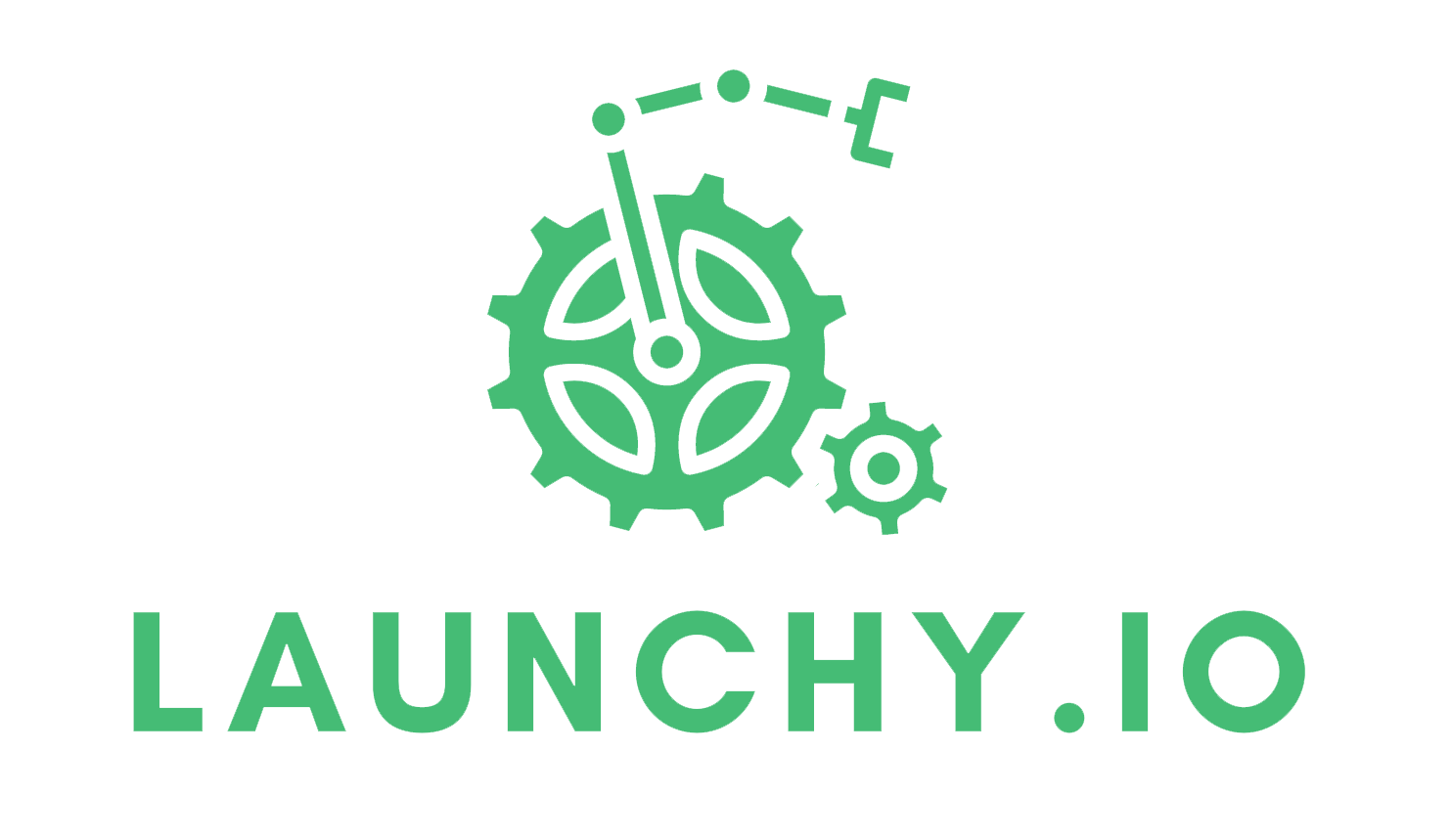In today’s fast-changing business landscape, it’s important to harvest both technology and strategic planning to increase the chances of launching a successful campaign.
Marketing automation is an example of an advancement which has helped many businesses simplify and streamline workflow processes. Strategic planning done with a marketing automation project plan also plays a pivotal role in driving the success of a marketing campaign.
With many responsibilities to carry out, marketers may not have the flexibility to execute various workflow processes through manual procedures.
This is where marketing automation features come in handy as they significantly reduce repetitive, labour-intensive, and time-consuming tasks while also eliminating any processing errors caused by human neglect.
Marketing automation can also be integrated with a CRM platform to make it easier for both marketers and sales personnel to organise customer data, manage invoices, personalise emails through segmented campaigns, and carry out other workflow processes.
It is also important for marketers to have a solid strategy in place to launch successful marketing campaigns. Thus, employees can take the necessary steps in their marketing automation plan to ensure that their marketing efforts become a hit rather than a miss.
That said, here are 5 easy steps that employees can follow in formulating a strong marketing automation project plan.
Step #1: Identify the buyer’s end goal
The first step that marketers should take in carving out a strategic marketing automation plan is identifying the buyer’s end goal. Hence, marketers will have to predict the expected outcomes before they even begin laying out a foundation to reach their intended goal.
Marketers can start by identifying specific marketing goals and objectives. For many marketers, the first indicator of success is to secure high-performing or high-potential leads. This way, they can identify leads they can nurture and eventually convert into sales.
From a marketer’s standpoint, they would want to grow their customer base, so they can attain and retain a larger customer pool which can lead to greater chances of closing a sale and generating revenue through segmented campaigns.
Step #2: Map out the buyer’s journey
How successful a marketing campaign will turn out will depend on how the team of marketers executes the campaign at every stage of the funnel process. They must map out the customer journey from the awareness stage all the way to the purchasing stage.
How can marketers incorporate marketing automation features into all of the funnel stages of a specific marketing campaign? For the awareness stage, marketers can begin with an introductory email to potential customers.
Throughout the entire marketing funnel, marketers can curate compelling and captivating social media content and schedule on specific days using social media automation features. This gives time for potential leads to make their decision.
Marketers need to ensure that their calls-to-action (CTAs) are easy to navigate and that their content is interesting enough to generate leads and convert them into sales.
Step #3: Segment the audience
Bear in mind that any email or marketing campaign directed to a mass audience has a lower probability of generating high-potential leads and sales conversions. This is why integrating a CRM platform with marketing automation can help marketers match the right audience to the right marketing campaigns.
Segmenting audiences helps to identify the right demographics who would benefit from the campaign and increase the element of personalisation. For segmented campaigns to work, marketers should use data collected from their marketing automation platform based on the customer’s past purchases, buying behaviour, age range, location, and personal interests.
When an individual looks at an offer, a discount, some promotional material, or any educational content that resonates with them, they will feel more inclined to express more interest in the product or service, eventually leading them to either buy or subscribe. This is why audience segmentation should be an integral part of the marketing automation project plan.
Step #4: Begin creating drip campaigns and nurture leads
Once marketers have formulated a solid strategy for their marketing campaign, they can begin sending out a series of automated triggered emails in a process known as an email drip campaign. This is a crucial step that businesses should take not only to build brand awareness but also to draw their potential customers.
With subject line generator features and AI capabilities, a marketing automation platform can help marketers curate persuasive and powerful statements in their email campaigns to capture the attention and hearts of their audience.
These campaigns are also instrumental in increasing high-potential leads, which marketers can begin nurturing. This is where customer data provided by the CRM is instrumental for decision-makers to carefully curate convincing offers or follow-up emails targeted towards these high-quality leads, to facilitate more sales conversions.
Step #5: Test and optimise
With marketing automation, marketers can track the performance of running campaigns and obtain analytics of previous campaigns. This gives them ample opportunity to review what campaigns worked and which ones fell short. It also gives decision-makers the tools to improve their marketing strategies in the future.
It’s important for marketers to monitor and test out different variations of their marketing campaigns by performing A/B testing, and also seek valuable advice from their audience on the marketing campaigns. This helps them formulate more refined strategies to launch more successful campaigns.
Launch more successful campaigns with a marketing automation project plan
To launch a successful marketing campaign, it takes more than just relying on an automation platform to do the work for you. The way you utilise the marketing automation features available to you and leverage them to create winning strategies or refine your approach is also instrumental to how successful your marketing campaigns can be.
Schedule a consultation with an automation expert today to create a marketing automation project plan with an edge. Discover the perks of marketing automation in helping you generate high-quality leads, nurture these leads, and finally convert them to sales to improve your overall ROI.

